
OR
Real estate sector tops informal transactions in Nepal
Published On: January 26, 2024 09:15 PM NPT By: Republica | @RepublicaNepal

KATHMANDU, Jan 26: Most of the transactions in the real estate sector are found to be informal transactions. According to the data released by the Central Department of Economics of Tribhuvan University (TU), the real estate sector has the highest share of the informal sector economy among the sectoral averages.
The report prepared by the TU Department of Economics mentions that 99.97 percent of the real estate sector transactions are done through the informal economy. Nepal Land and Housing Developers’ Association has also been raising concerns about the informal transactions in the real estate sector.
The businessmen have been demanding that the government bring policies and regulations to bring such transactions into formal business. However, the government has not been able to do so. According to the department, the consumption of the real estate and housing services and real estate transactions include ownership or leased property, fee, and services received by households while staying in their residences.
The report also highlights a significant amount of tax evasion associated with land transactions or asset depreciation, with the purchase of land being a means of hiding wealth.
Hidden wealth tends to be accounted for by the informal economy. According to the department, this sector currently contributes about 10 percent to the GDP.
After real estate, the agriculture sector including forestry and fishery accounts for 96.48 percent of informal transactions. Most of the production activities under the agricultural sector (including forestry and fishing) are run by households. Therefore, the share of the informal economy is large. At present, the agriculture sector contributes about 25 percent to the GDP.
Similarly, the study conducted by the department mentions that 50.42 percent of accommodation and food services also fall under the informal economy. Similarly, 33.69 percent of transactions related to arts, entertainment and recreation, 16.36 percent of manufacturing sector, 16.26 percent of infrastructure and construction sector, 14.99 percent of electricity, gas, steam and air conditioning supply and 8.66 percent of administrative and support services activities fall under the informal economy.
Further breakdown reveals that 4.95 percent of mining and quarrying, 3.10 percent of commercial, scientific, and technical activities, 2.14 percent of water supply, sewage disposal, waste management, 0.63 percent of transportation and storage, 0.19 percent of education, information and communication services, 0.13 percent of health, and 0.11 percent of finance and insurance activities are part of the informal economy.
In the accommodation and food services sector, family-run lodges, tea shops, small restaurants, cafeterias, fast food eateries, mobile food carts which are not registered with government institutions largely contribute to the informal sector.
You May Like This
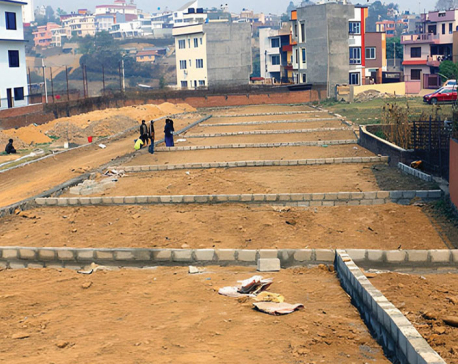
Real estate sector contributes 8.33 percent to Nepal's GDP
KATHMANDU, May 26: The real estate sector's contribution to Nepal's GDP is projected to be 8.33 percent for the current... Read More...

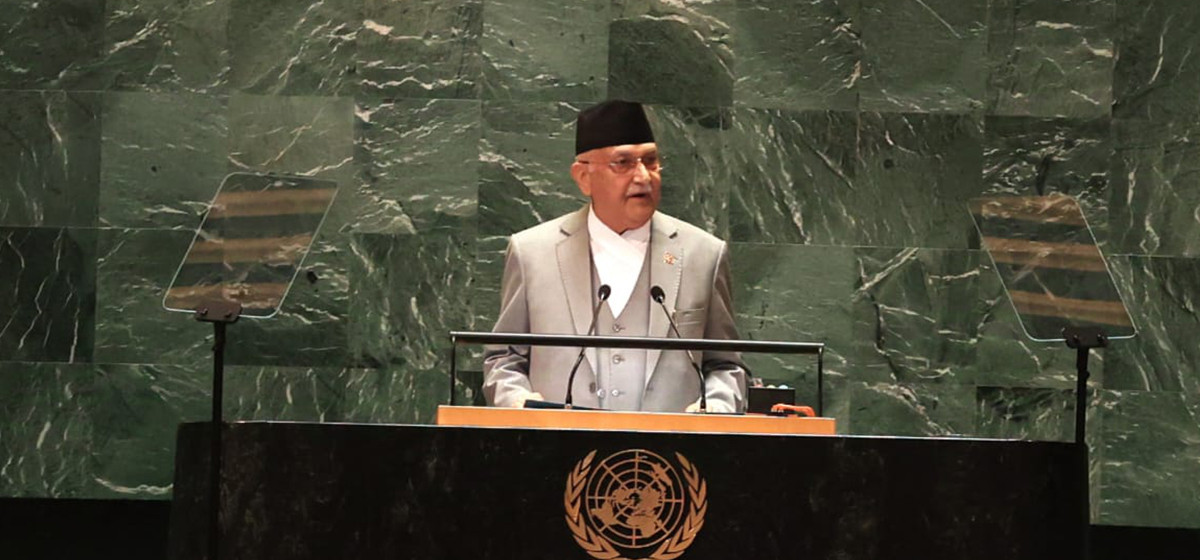
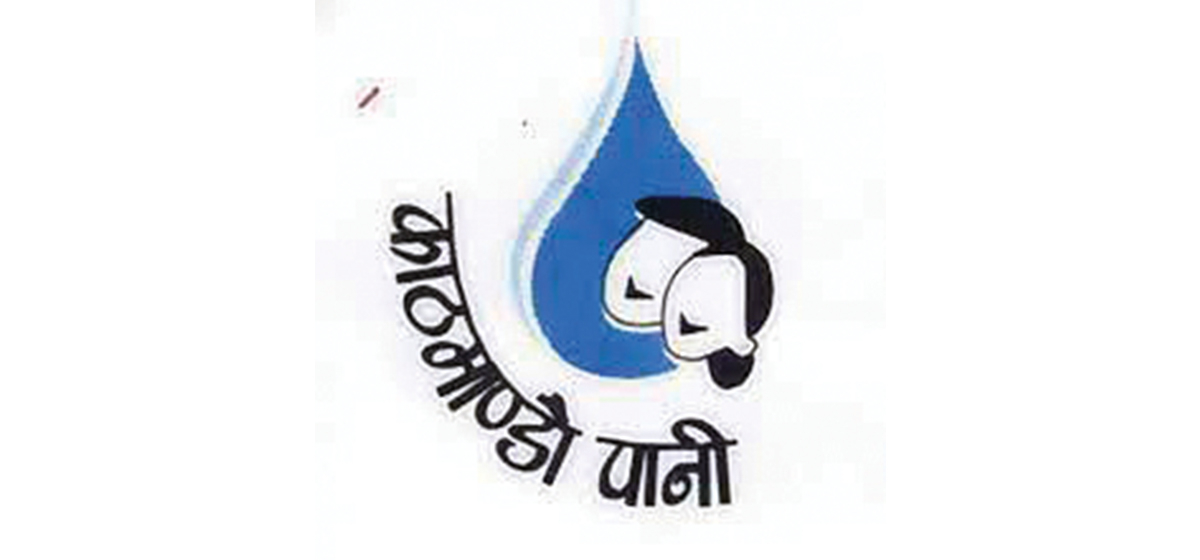

Just In
- NOC reduces price of petrol by Re 1 per liter and diesel by Rs 2 per liter
- Bagmati govt to honor Chaniklal with cash reward of Rs 150,000
- KUKL water supply disrupted in Lalitpur
- Madhesh Province govt allocates emergency funds for flood victims
- Festival market monitoring: 128 commercial firms inspected in two weeks
- South Asia's monsoon and Nepal's floods explained
- Lumbini Province govt decides to keep subordinate bodies on standby to respond to possible disasters
- Nearly 30,000 passengers book bus tickets in advance for Dashain within two days




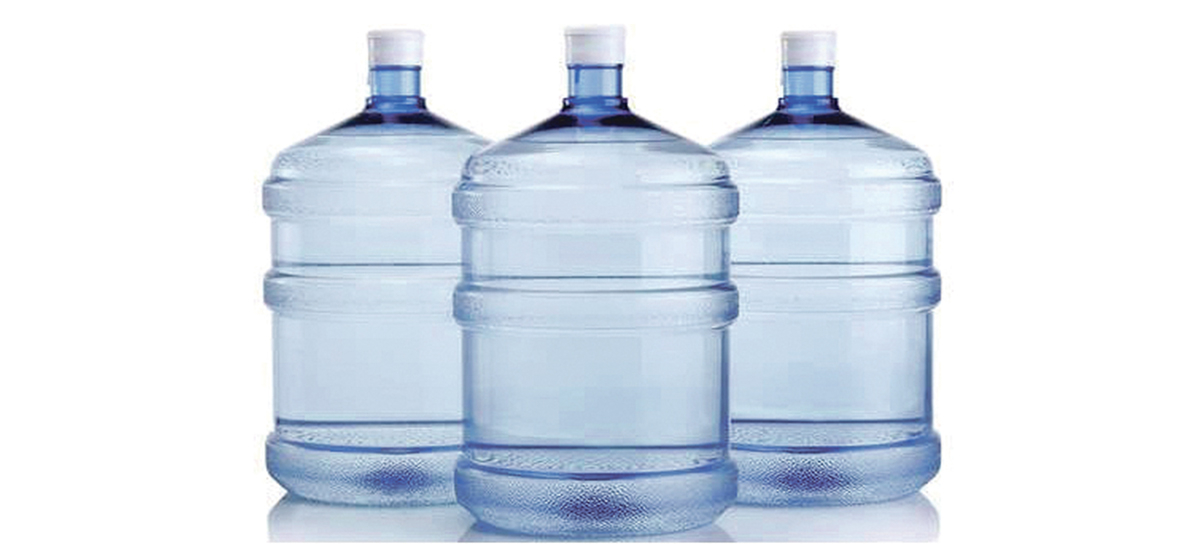
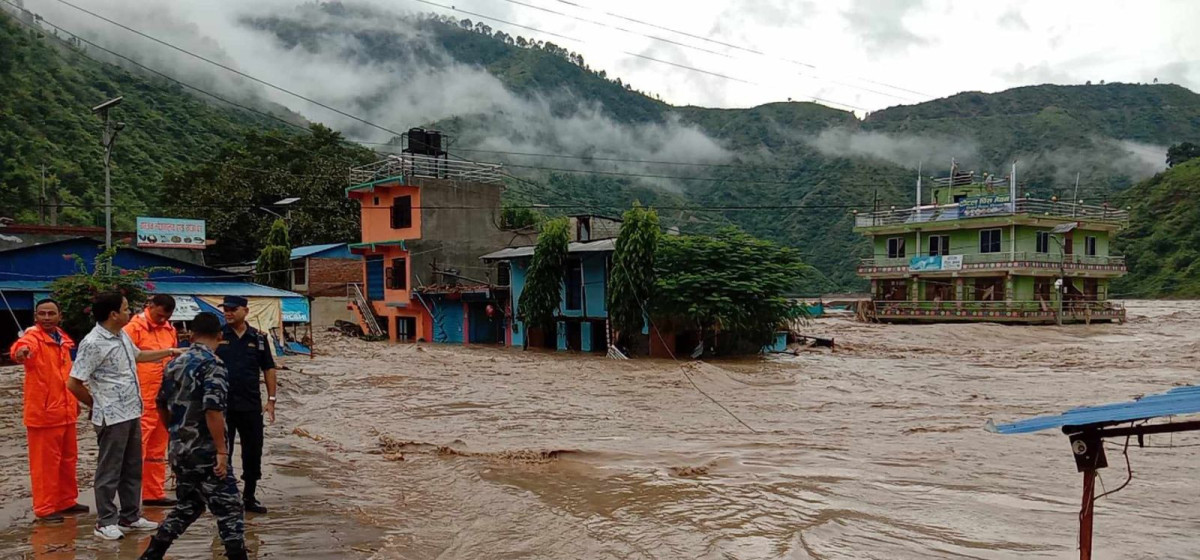





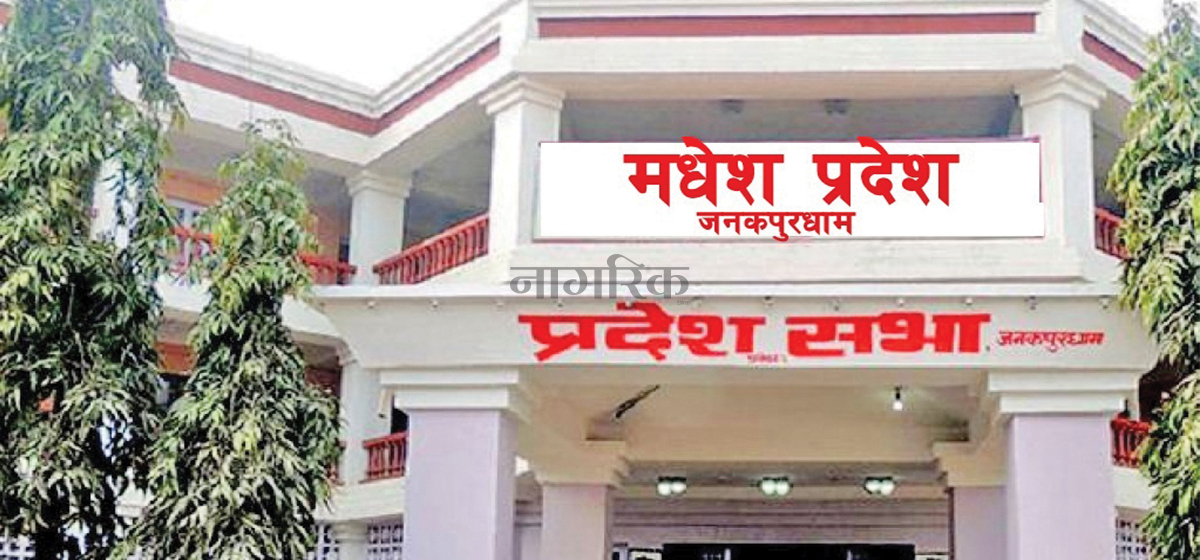
_20240930135704.jpg)
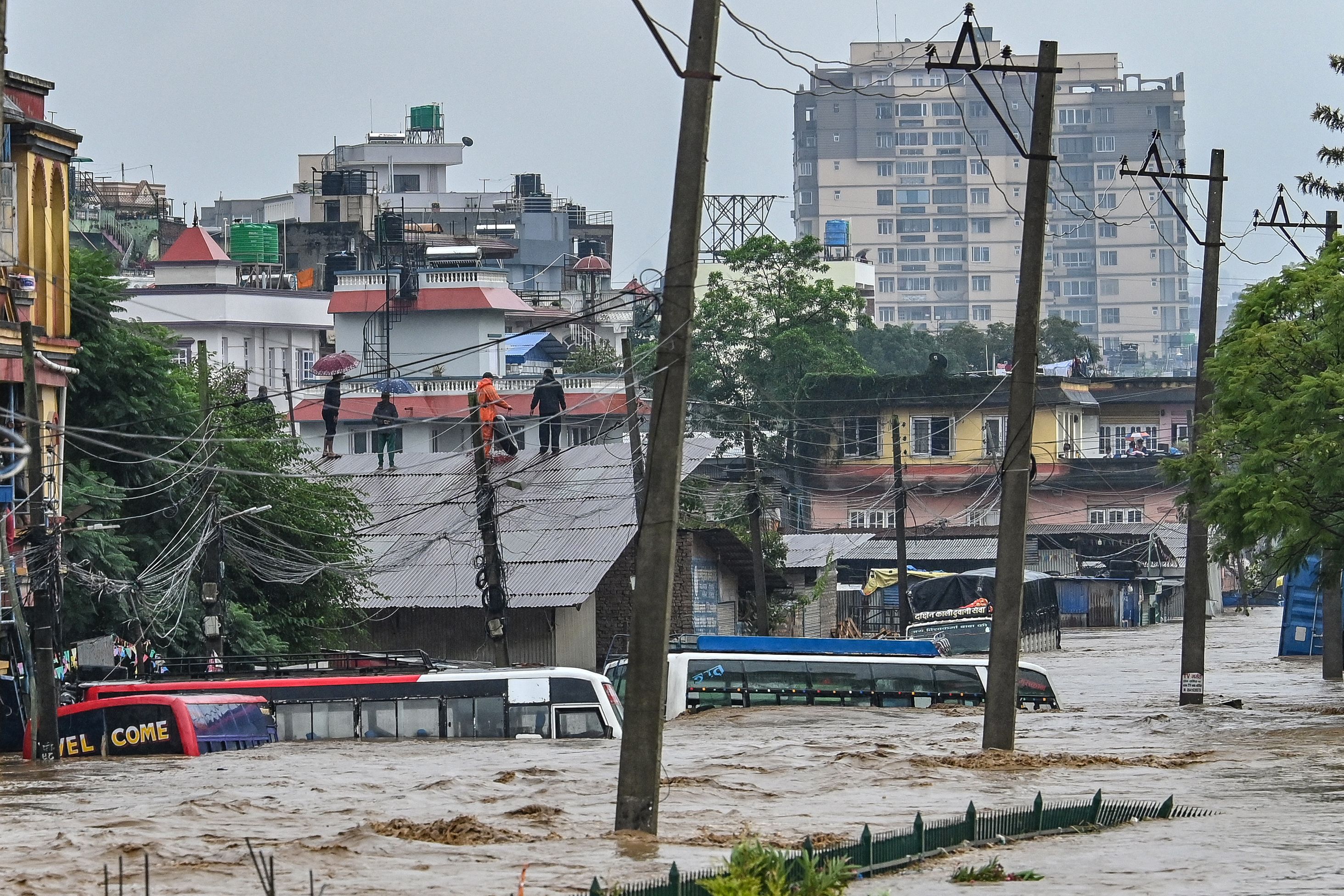
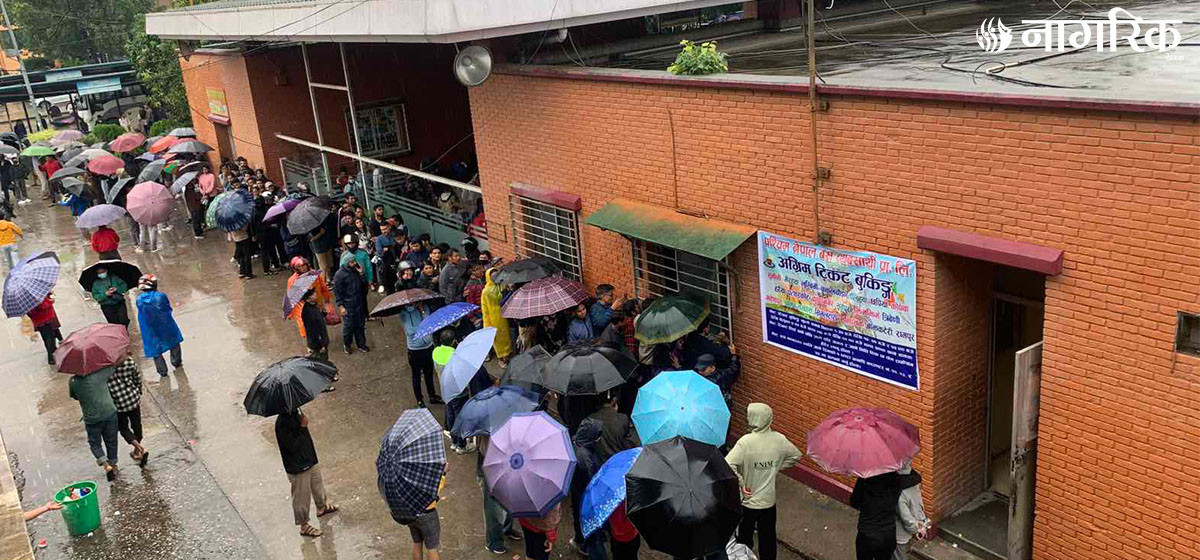
Leave A Comment